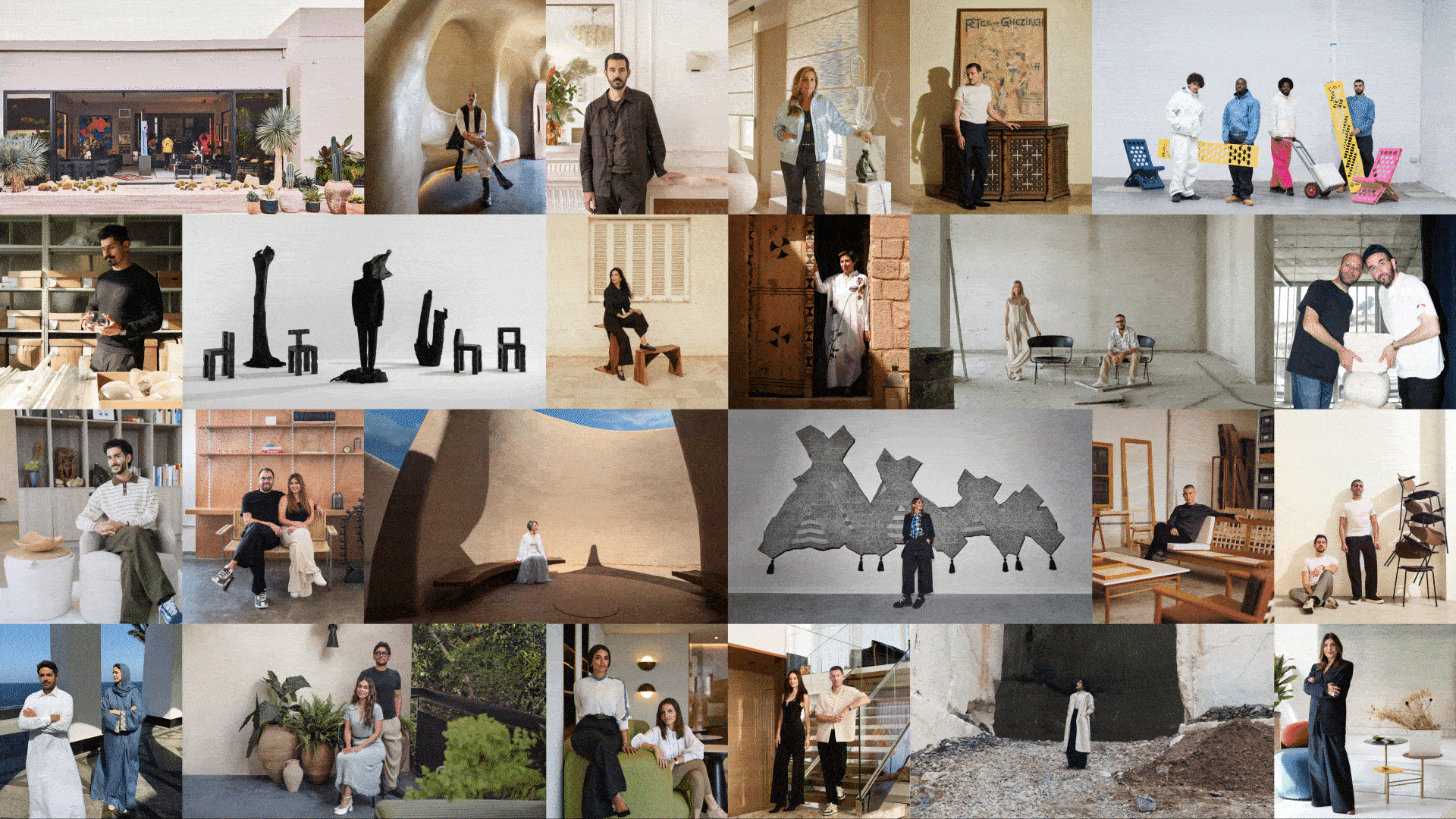The Middle East North Africa region is rich in history and culture. Its UNESCO sites are some of the most fascinating in the world.
From ancient ruins to stunning landscapes, these sites offer a glimpse into the past. They showcase the diverse heritage and beauty of the region. Visiting these UNESCO sites can be a breathtaking experience. They hold stories of civilizations that shaped our world.
Whether you’re a history buff or a curious traveler, exploring these sites is a must. In this blog post, we will introduce you to the best UNESCO sites in the Middle East North Africa. Prepare to embark on a journey through time and marvel at the wonders this region has to offer.
Introduction To Mena Unesco Sites
Cultural Richness: The MENA region offers a tapestry of cultures. Each site tells a unique story. From ancient ruins to vibrant cities, the region is a cultural treasure. Visitors can explore diverse heritage. Monuments, temples, and old towns reveal the past. Each site holds a piece of history. This cultural richness is unmatched.
Historical Significance: The history in MENA is deep. Ancient civilizations thrived here. Each UNESCO site preserves important stories. This region witnessed the rise and fall of empires. Historical landmarks show how people lived. They built grand structures and left lasting legacies. These sites are windows to the past. Exploring them helps understand human history.
Pyramids Of Giza, Egypt
The Pyramids of Giza are over 4,000 years old. They are among the seven wonders of the ancient world. The pyramids were built as tombs for kings. The largest pyramid is the Great Pyramid of Khufu. It stands over 450 feet tall. The pyramids are made of limestone and granite. They show the amazing skill of ancient builders.
The pyramids are a true architectural marvel. They were built without modern tools. Workers used simple tools and their own strength. The pyramids are perfectly aligned with the stars. This shows their advanced knowledge of astronomy. The interior chambers are complex. They include tunnels and rooms. These rooms held treasures for the afterlife. The pyramids continue to amaze visitors from all over the world.
Petra, Jordan
Petra is known as the Rose City. The name comes from the color of the stone. The city is carved from pink sandstone. It looks amazing at sunset. The colors change and glow. Many visitors find it magical.
Petra is an archaeological treasure. It was built by the Nabataeans. They were skilled in water management. This made Petra a great city in the desert. The site has many tombs and temples. Each is carved into rock. This makes it unique. Petra is a wonder of the world.

Credit: www.britannica.com
Medina Of Fez, Morocco
The Medina of Fez has amazing medieval architecture. Narrow streets wind through old buildings. Many structures have intricate designs. These designs include beautiful mosaics and carved wood. The architecture reflects the city’s rich history.
The markets in the Medina are very lively. Stalls sell spices, textiles, and pottery. The smells and sounds are unforgettable. Locals and tourists alike love the busy atmosphere. One can find everything in these bustling markets.
Byblos, Lebanon
Byblos is one of the oldest cities in the world. This ancient city is full of history and culture. The Phoenicians built many of its structures. They were great traders and sailors. They left a rich legacy in Byblos. People can still see their influence today.
Byblos was an important port city. It connected many ancient civilizations. Ships came from far away to trade goods. Many different cultures met here. This made Byblos a unique place. Historic buildings and ruins tell the story of its past. Visitors can explore these sites and learn about history.
Persepolis, Iran
Persepolis was the capital of the Achaemenid Empire. It is one of the most famous ruins in Iran. The site has many ancient buildings and palaces. These were built over 2,500 years ago. The ruins show the power of the Achaemenid Empire. They also show the skills of the builders.
You can see many statues and carvings at Persepolis. They tell stories of the past. Some carvings show scenes of kings and warriors. Others show animals and plants. These relics help us learn about the past. They also show the art and culture of the ancient people.
Wadi Rum, Jordan
Wadi Rum is a vast desert. It has tall sandstone mountains. The colors of the sand change with the sun. It is often called the Valley of the Moon. The beauty of this place is breathtaking. Visitors can explore the area by jeep. Hiking is also popular. Star gazing at night is a must. The sky is so clear here.
The Bedouin people live in Wadi Rum. They are known for their hospitality. Guests are always welcome in their tents. They offer sweet tea and stories. Their culture is rich and ancient. They live in harmony with nature. Bedouin guides can show you the best places. Their knowledge of the desert is unmatched.

Credit: www.admiddleeast.com
Al-hijr Archaeological Site, Saudi Arabia
The Nabataean Kingdom was a powerful trade center. Al-Hijr is known for its well-preserved rock-cut tombs. These tombs are carved into sandstone cliffs. They show amazing architectural skills. The site is a mix of beauty and history. Each tomb tells a story.
The rock-cut tombs are the site’s main attraction. They are decorated with intricate designs. Many visitors come to see these ancient marvels. The tombs are both large and small. Each one is unique. They reflect the art and culture of the Nabataeans. Walking among them is like stepping back in time.
Historic Cairo, Egypt
Historic Cairo is a treasure of Islamic architecture. It has many old buildings. Some are more than a thousand years old. You will find mosques, schools, and palaces. Each building tells a story.
Many buildings have beautiful designs. Some have tall minarets. Others have large domes. The art and carvings are amazing. They show the skill of old craftsmen.
Historic Cairo is also a cultural hub. People from many backgrounds live here. They bring their own traditions. This makes the city rich in culture.
Many events and festivals happen here. These events celebrate the city’s history. Music, dance, and food are a big part of these events. Visitors can enjoy and learn from these celebrations.
Credit: whc.unesco.org
Frequently Asked Questions
Which African Country Has The Most Unesco World Heritage Sites?
South Africa has the most UNESCO World Heritage sites in Africa. It boasts 10 recognized sites, including Robben Island and Kruger National Park.
What Is A World Famous Landmark Found In Northern Africa?
The Pyramids of Giza are a world-famous landmark in northern Africa. Located in Egypt, they attract millions of visitors annually.
What Region Are The Greatest Number Of Unesco World Heritage Sites Within?
Europe hosts the greatest number of UNESCO World Heritage sites. Italy, Germany, and Spain have the highest concentrations.
What Do North Africa And The Middle East Have The Largest Known Deposits Of?
North Africa and the Middle East have the largest known deposits of oil and natural gas. These resources significantly impact their economies.
Conclusion
Exploring the UNESCO sites in the Middle East and North Africa offers rich history. These sites capture ancient civilizations and diverse cultures. Each location tells a unique story. Visiting these places deepens our understanding of world heritage. Plan your trip and experience these wonders firsthand.
The beauty and history of these sites are truly unforgettable. Make memories while discovering the treasures of the past. Enjoy the journey and cherish the moments.












